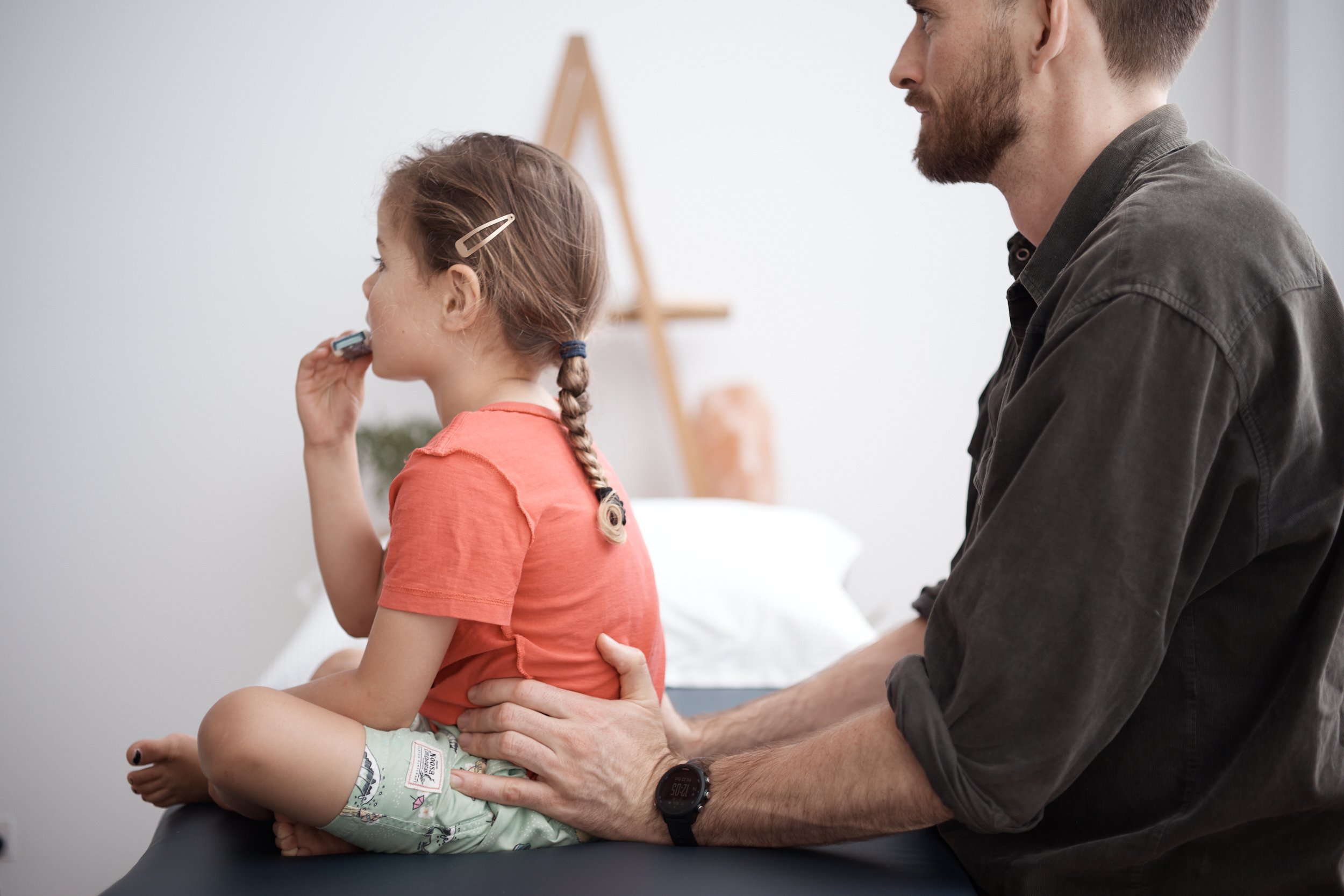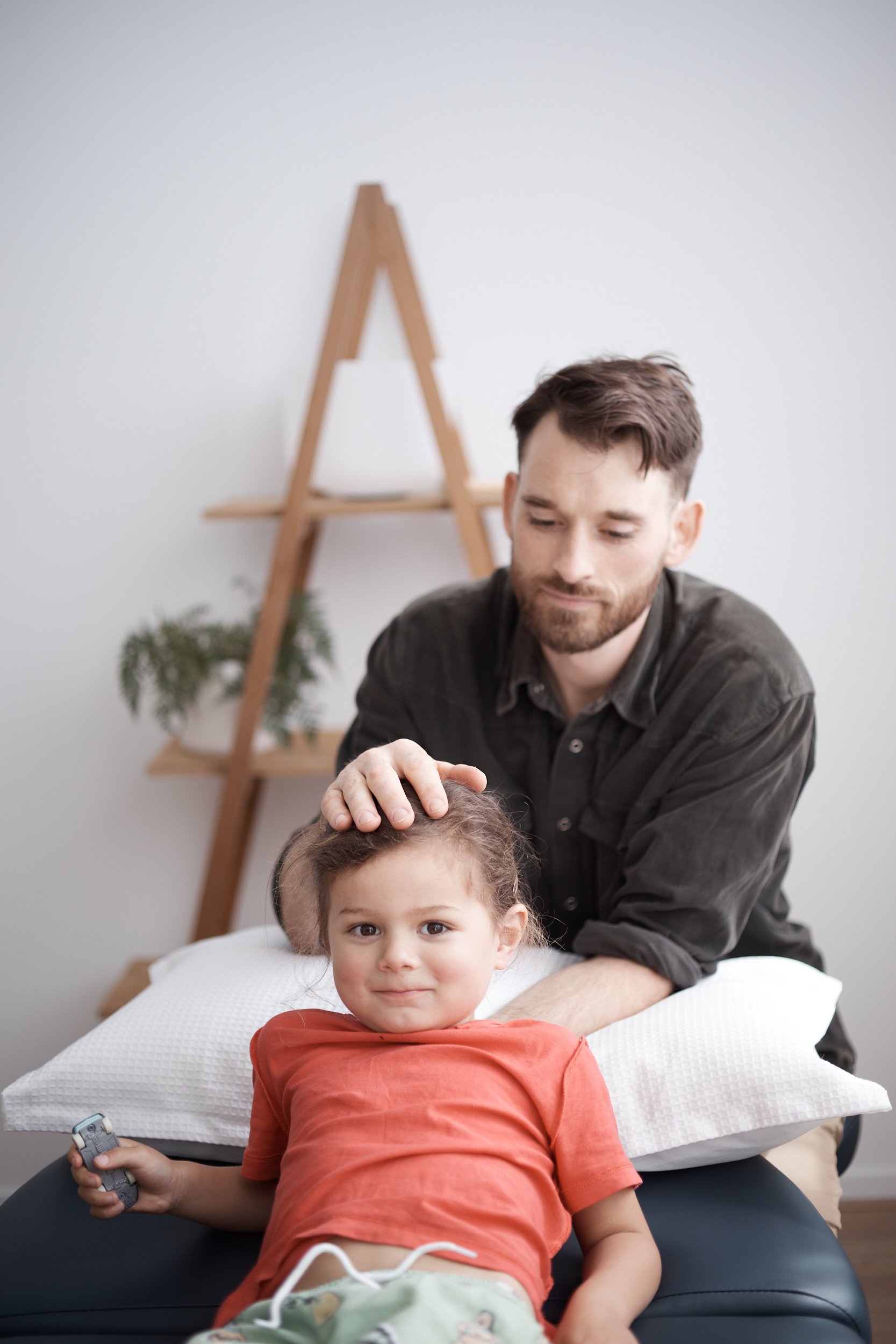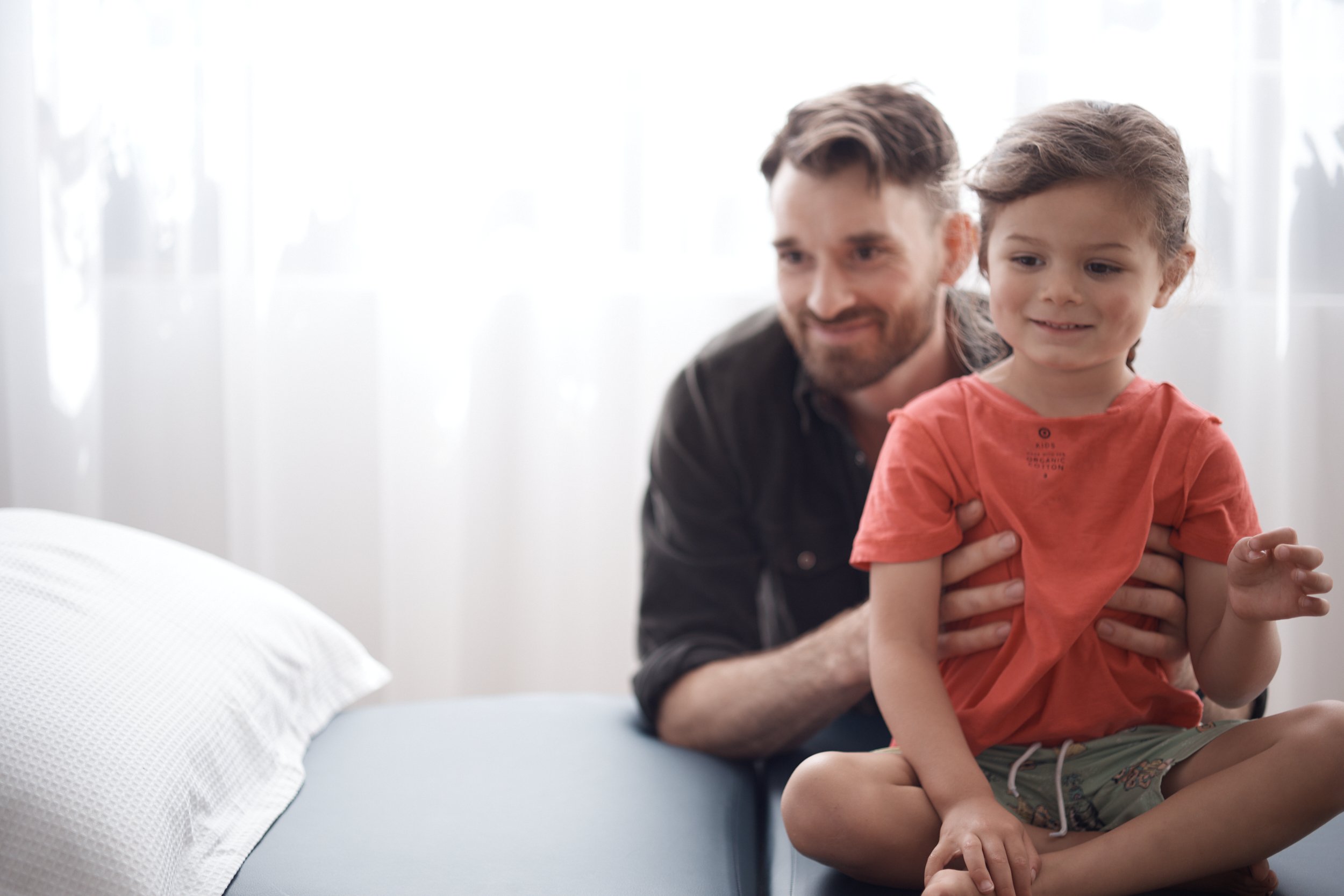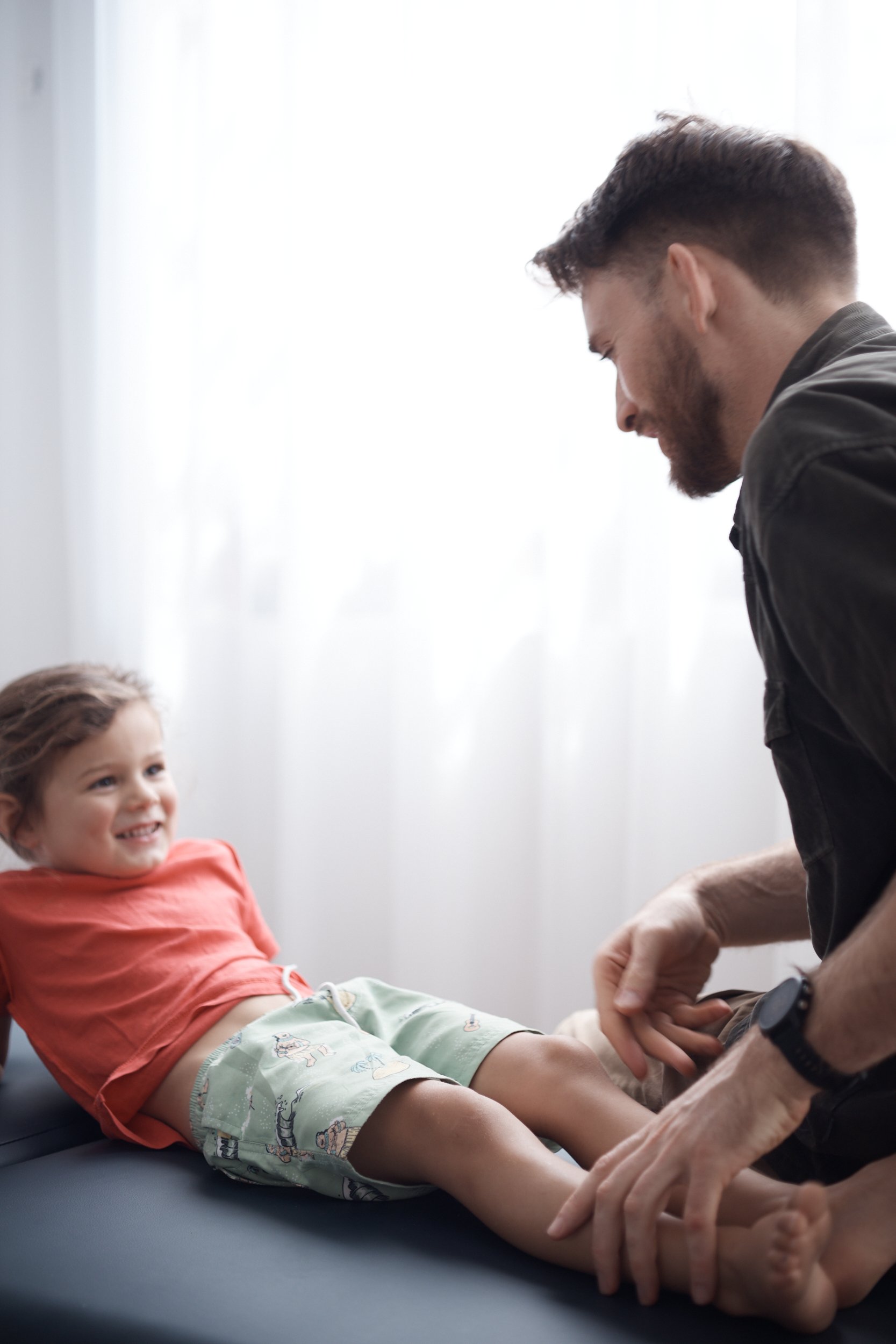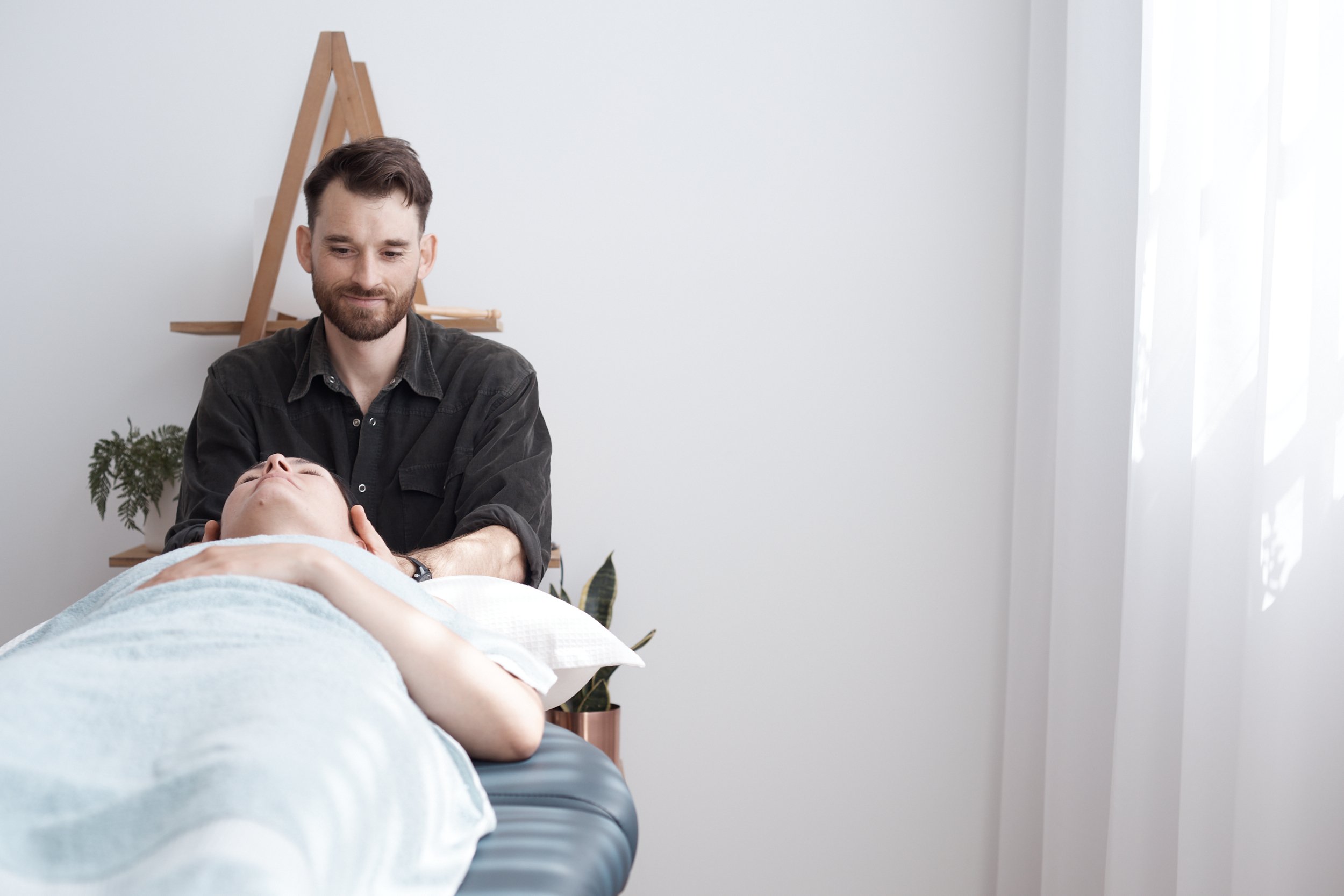
What is Osteopathy?
Osteopathy is a philosophy which sees a dynamic relationship between the structure of the body and its function. Dr A T Still (1828-1917) an American medical doctor and the founder of Osteopathy, saw the body as self-maintaining and self-regulating but recognised that the body’s equilibrium could be disturbed by external factors including, but not limited to, injuries, occupationally induced strain and incorrect posture.
Targeted Issues
LOWER BACK PAIN AND SCIATICA
NECK AND SHOULDER PAIN
HEADACHES AND MIGRAINES
POSTURAL TENSION AND TIGHTNESS
HIP AND KNEE PAIN
FOOT AND ANKLE PAIN
SPORTS INJURIES
MUSCLE STRAINS AND TENDON ISSUES
PREGNANCY DISCOMFORT
GROWING PAINS AND POSTURAL ISSUES IN CHILDREN
Osteopathy has a great approach to treat symptoms associated with certain musculoskeletal conditions in newborns and children. Osteopathy relies on using the therapeutic process of the ability of the child's own body to express that health with very little of the Osteopath's own force applied. Using very gentle techniques such as cranial and biodynamic approaches.
Osteopathy may be helpful* in reducing the symptoms of a range of childhood conditions and issues:
back pain
neck/shoulder pain- lack of strength due to sedentary lifestyle combined with extended screen use and poor posture causing muscular tensions and poor spinal posture.
playground injuries(often the monkey bars!) such as minor muscular sprains and strains
flathead syndrome- caused by constant pressure on the soft cranial bones, may be associated with a cervical injury or birth trauma, or the baby constantly lying on one side due to tightness in the neck
breastfeeding and attachment issues- the flexibility of the cervical spine, tongue function & TMJ is important in latching correctly onto the breast.
torticollis (tight neck)- may be caused by a muscular strain in the neck presenting at birth or develop later on.
growing pains e.g. knee or leg pain in teenagers may be due to tendon inflammation at the bony attachments as the bones lengthen
scoliosis- assessingment, monitoring & reducing musculoskeletal restrictions combined with rehab. Specialist referral may be indicated
*There is inconclusive evidence that manual therapy may be effective in the management of the above conditions
